Nitin Joshi argues that when it comes to Creditors Voluntary Liquidations (CVLs), listening and being honest help craft the most cost-effective solutions
In this article, one of our partners, Nitin Joshi, looks at the recent focus on Creditors Voluntary Liquidations by the Government’s Insolvency Service, much of it on costs.
Nitin argues that these issues are not the case with Antony Batty & Company and explains why.

Creditors Voluntary Liquidation (CVL) Factories?
In our experience, this is precisely how beleaguered directors feel when faced with a tsunami of creditor pressure, falling revenues, a wall of fixed costs, and a pipeline of work that’s more unpredictable than the Nord Stream gas pipelines. They feel alone and highly anxious about what is coming next.
For these directors, the one thing they expect from Insolvency Practitioners is simple, honest talk – not professional gobbledegook – that sets out their options and the likely outcomes clearly and unambiguously.
In April 2022, the Insolvency Service published its First Review on the operation of Insolvency Rules 2016 and concluded that the insolvency regime, taken as a whole, remained fit for purpose. However, the review referred, amongst other things, to the ‘CVL factory business’, with the concern that Creditors Voluntary Liquidations could be recommended and implemented too quickly before all other options had been investigated.
For us, such a pronouncement is irrelevant. I am pleased to say that Antony Batty & Co is not a CVL factory. We do it the hard way, which is the best way and that means always listening to people and being honest with them so that we can work out the best way forward.
Very often, our initial meetings do not culminate in a formal engagement for an insolvency procedure, such as a Creditors Voluntary Liquidation, because we have thought of different ways to deal with cash-strapped businesses. Our first thought is always to see if we can save a business rather than going straight to the liquidation option, and that means there may be limbs to sever to keep the body intact, or that some corporate restructuring is needed. Unfortunately, many companies with insolvency looming often head straight for the incinerator conveyor belt rather than first seeing a holistic Insolvency Practitioner.
Whatever the case, transparency is key, because it serves everyone to be clear upfront, even though at the pre-appointment stage the information we are provided is often piecemeal at best. That is why it is vital to listen in order to work out the main issues facing a company and provide directors with a best fit solution that won’t necessarily be a CVL.
So, why are we different?
The fact we are experienced one would think is given. But should it be? Is every professional capable of thinking out of the box, can he or she go beyond offering over-the-counter remedies or is there actually a meaningful interaction? The best interviewer is the one who listens and then gives an honest opinion.
Tales of catastrophic disasters occasionally land in our offices from directors who feel they were previously mis-sold an insolvency “solution “. It is a difficult area. In these cases, we are the second plumber coming in to review what has gone on before.
In such cases, we often discover that the first meetings were very often half-baked. The right questions weren’t asked and the directors, often blissfully unaware of company and insolvency law, felt it not relevant to raise key issues themselves. Whilst company law requires a level of diligence and competence from directors, the reality of course is that unlike the requirements in many other countries, in the UK a company is incorporated in minutes and an individual becomes a director with very often absolutely no idea of their responsibilities and what they mean in the context of insolvency. There is no legal induction course to be a company director in the UK.
Which brings us back to my first point. Ask questions and then listen. That’s why we are a bit different.
The Recent CVL research report for the Insolvency Service – December 2024
This report followed on from the First Review mentioned above and raised concerns in its conclusion about the cost of Creditors Voluntary Liquidations, especially at the pre-appointment stage, as well as the efficiency and effectiveness of CVLs.
Our response is underpinned by always listening first and being totally honest, and we make the following specific points:
– The cost of liquidation is often a thorny subject. Not for us, however. We tell directors that come to see us precisely what the cost is, usually a fixed price, not based on time cost on how much work we need to do to place the company into liquidation. This gives certainty and reassurance.
– Assets. The first port of call on devising best asset disposal strategies is to ask the directors. Very often, they have been running their companies for years, know the area of business better than anyone else, and how to realise the best value for the benefit of creditors.
– Holding hands. We treat every single insolvency assignment as an interactive process. Directors are often traumatised, their lives upside down, they don’t want to be a tick on a spreadsheet or replied to by a “computer says no” operative. They want direct dealings with an experienced partner and management group. They want someone they can call before and after appointment, and who is always ready to answer questions and offer guidance.
When this approach is used, we find that the most efficient, effective, and cost effective Creditors Voluntary Liquidations are delivered and is another good reason why we are not a liquidation factory. We are artisans. Skilled workers crafting the best solutions.
Our advice is always to look at what the insolvency professionals you’re seeking advice from can offer you. Look inside the shop, ask questions and do not rely on what’s on the shop window.



